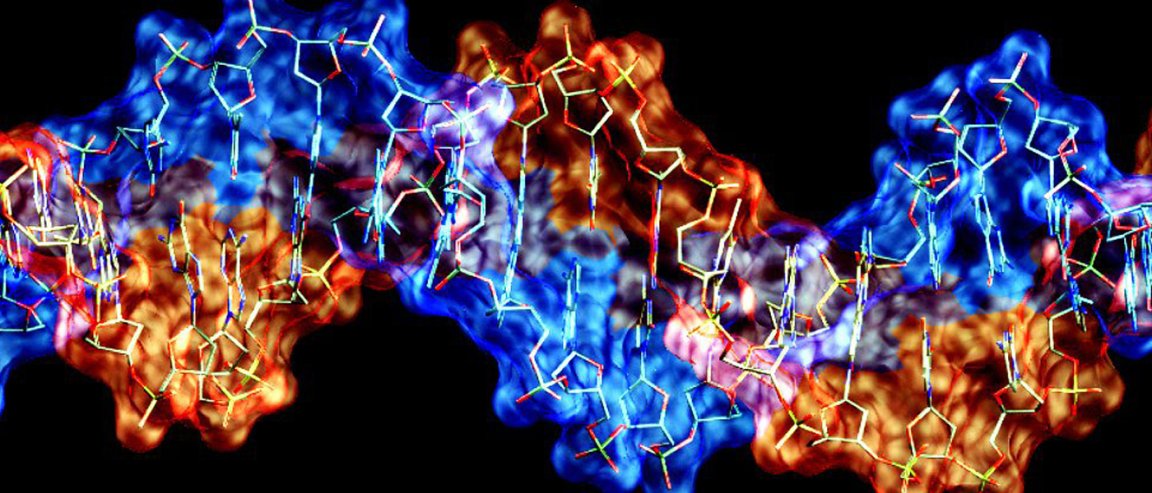
Milestones in DNA
In 1869, Friedrich Miescher discovered DNA. About seventy years thereafter, Oswald Avery and his colleagues proved that DNA carries genetic information. A decade later, James Watson and Francis Crick described the structure of the DNA and published their model of the DNA double helix.
Although it has been more than a century since DNA was first identified, scientists continue to learn more about this complex molecule and why we regard it as “the source code of life itself.”
Now, research led by Hashim Al-Hashimi from Duke University provides the most recent milestone in DNA history, showing why DNA, and not RNA, forms the blueprint for life. But first, let us review the basic properties and differences between DNA and RNA.

Understanding DNA and RNA
DNA and RNA are both nucleic acids (long biological macromolecules consisting of smaller molecules called nucleotides).
DNA is a double-stranded molecule, with two nucleotide strands consisting of a phosphate backbone, deoxyribose sugar, and has adenine, guanine, cytosine, and thymine as bases; whereas RNA is a single-stranded helix consisting of shorter chains of nucleotides, a phosphate backbone, ribose sugar, and has adenine, guanine, cytosine, and uracil bases.
But perhaps the most important difference between the two, as is shown in Al-Hashimi’s study, is that DNA is capable of shapeshifting in a way that RNA can’t, making DNA a more resilient and a better repository of our genetic code. Specifically, it has to do with Hoogsteen base pairs, which is when one of the nucleic acids is flipped 180 degrees. Ultimately, this causes the whole double helix structure to bend or “kink,” meaning that DNA can accommodate damage by turning in this manner. RNA molecules are incapable of forming Hoogsteen pairs, and so they fall apart—completely unraveling when they encountered the methyl group that the team introduced.
Al-Hashimi tells The Washington Post, “if our genomes were made up of RNA, there’s a very good chance that they wouldn’t be able to sustain chemical damage that’s inflicted on them all the time. It seems like DNA’s ability to absorb damage is one reason why we evolved DNA-based genomes.”
There is still a lot left to discover about our DNA, but we are coming closer to understanding why it is so effective and resilient.
The work was published in a new study in the journal Nature Structural and Molecular Biology.